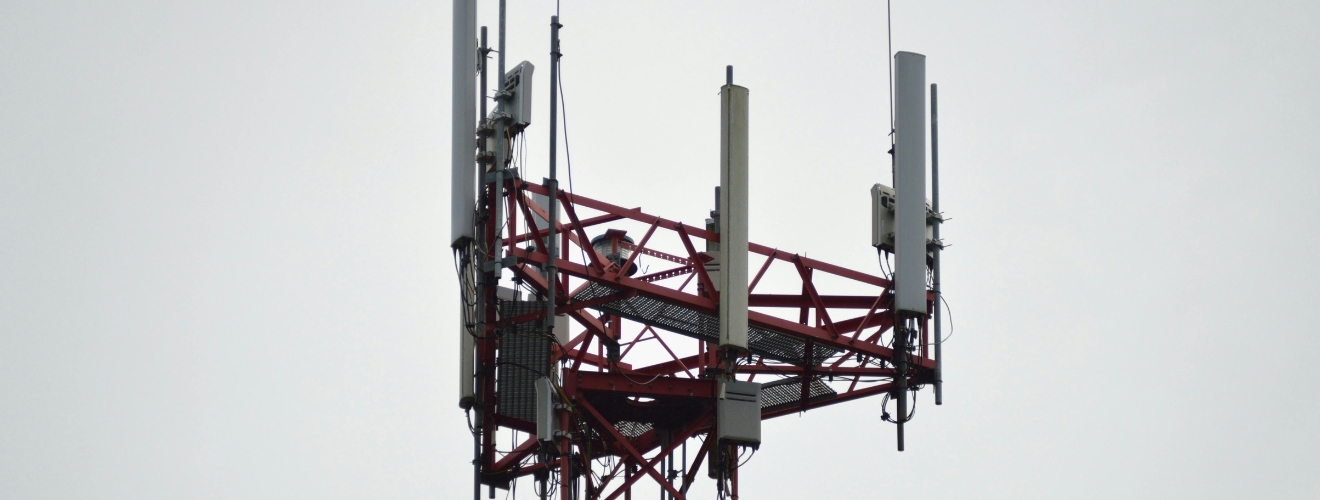In the fast-evolving world of 5G and beyond, manual network management is quickly becoming a thing of the past. Enter Zero-Touch Network Automation (ZSM)—a game-changing framework that enables networks to self-manage and even self-heal. With the integration of machine learning and AI, ZSM takes network performance, reliability, and user experience to new heights. In this blog, we’ll explore how Zero-Touch Automation is reshaping the future of networking, from self-healing capabilities to improved efficiency and scalability.
The Rise of Zero-Touch Network Automation (ZSM)
As networks grow increasingly complex, relying on manual interventions and troubleshooting is simply no longer feasible. Zero-Touch Network Automation is stepping in to fill this gap. By combining AI and machine learning, ZSM frameworks allow networks to automatically adjust, optimize, and repair themselves without human input. This autonomy leads to faster response times, fewer errors, and a more seamless experience for users and administrators alike. The goal? A network that essentially runs itself, from maintenance to performance optimization.
Self-Healing Networks for a More Reliable Infrastructure
One of the most exciting aspects of ZSM is its ability to create self-healing networks. When a fault occurs or a component fails, the network can automatically identify the issue and make adjustments without requiring manual intervention. For instance, if one part of the network experiences a slowdown, the system can re-route traffic or optimize resources to maintain a smooth user experience. This not only improves reliability but also reduces downtime and ensures that services are consistently available to end-users.
AI and Machine Learning at the Core of Automation
Behind the scenes, AI and machine learning are the powerhouses driving Zero-Touch Network Automation. These technologies allow networks to continuously learn from traffic patterns, predict potential failures, and make real-time adjustments. Machine learning algorithms can analyze massive amounts of data to detect anomalies, forecast demand surges, and optimize bandwidth allocation. This results in a dynamic and adaptable network that can evolve as needs change, without requiring constant manual oversight.
Streamlining Network Management and Reducing Operational Costs
One of the key benefits of Zero-Touch Network Automation is its potential to significantly reduce operational costs. By automating routine tasks like configuration, monitoring, and troubleshooting, businesses can allocate resources more efficiently and free up network engineers to focus on higher-value activities. With fewer manual interventions required, organizations can reduce the risk of human error and streamline network management. This leads to both cost savings and improved service quality, creating a win-win scenario for companies and users alike.
Improving the User Experience with Better Performance
In today’s world, performance is everything. With ZSM, network performance becomes more predictable and consistent. By automatically adjusting resources based on real-time demand, Zero-Touch systems ensure that users experience fewer slowdowns, interruptions, or service outages. Whether it’s streaming, gaming, or business communications, users can expect a seamless, high-quality experience thanks to the automation and intelligence built into modern networks. This level of efficiency enhances customer satisfaction and loyalty, a critical factor in a competitive market.
Conclusion
Zero-Touch Network Automation (ZSM) represents a monumental shift in how we think about managing networks. By leveraging AI and machine learning, networks are becoming more autonomous, self-healing, and efficient, delivering enhanced performance with less human intervention. As 5G and beyond networks continue to evolve, Zero-Touch Automation will play an increasingly vital role in ensuring that these networks are scalable, reliable, and able to meet the growing demands of users. The future of network management is here—and it’s automated.
Tags:
CryptocurrencyFin Tech StartupsInsurTechOpen BankingAuthor - Aishwarya Wagle
Aishwarya is an avid literature enthusiast and a content writer. She thrives on creating value for writing and is passionate about helping her organization grow creatively.
